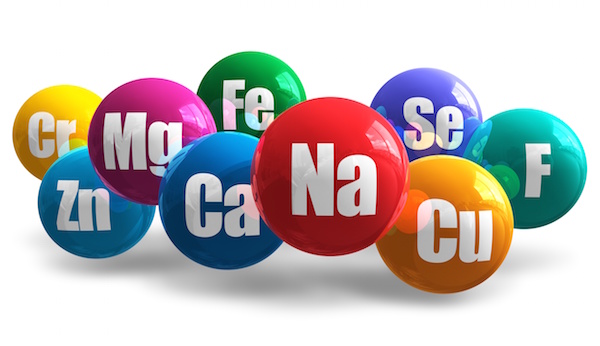
THURSDAY, Sept. 9 (HealthDay News) — In 2000, the U.S. government set modest goals for the amount of fruit and vegetables people should eat, but a decade later the majority of Americans are not even close to reaching those thresholds, health officials said Thursday.
In fact, according to the U.S. Centers for Disease Control and Prevention, in 2009, 67.5 percent of adults ate fruit less than two times daily and 73.7 percent ate vegetables less than three times per day. The goals of Healthy People 2010 were for 75 percent of people to eat at least two servings of fruit and 50 percent to eat at least three servings of vegetables every day.
“Over the last decade we have looked at behavioral intervention, like counseling to get people to include their fruits and vegetables,” said report co-author Dr. Jennifer Foltz, a researcher in the CDC’s National Center for Chronic Disease Prevention and Health Promotion. “But it’s not so easy.”
“In the next decade, we are going to work on making the healthy choice the easy choice,” she said.
New programs will involve promoting gardening, farmer’s markets and bringing more fruits and vegetables into schools and workplaces, Foltz said.
In addition, Foltz said there could be programs to help retailers increase the availability of fruits and vegetables through incentives like tax breaks as well as making it easier for low-income people to afford fresh fruit and vegetables.
Foltz noted that low-income Americans are more likely not to have access to fresh fruits and vegetables at affordable prices, which is why programs specifically targeted at this population are needed.
The report is published in the Sept. 10 issue of the CDC’s Morbidity and Mortality Weekly Report.
Despite efforts to increase healthy eating, over the past decade there has been a 2 percent decrease in fruit consumption and no change in the vegetable consumption, the researchers found.
No state has yet met the Healthy People 2010 goals, Foltz said. In fact only one state, Idaho, rose in the amount of fruits and vegetables ate while 10 states saw a decrease in fruit and vegetable consumption.
The 10 states where significant decreases in fruit and vegetable consumption were seen are Arizona, Kansas, Maryland, North Carolina, Oklahoma, Rhode Island, South Carolina, South Dakota, Tennessee and West Virginia, according to the report.
A diet rich in fruit and vegetables is an important part of keeping your weight under control and reducing the risk of heart disease, some cancers, stroke, chronic lower respiratory diseases and diabetes, the authors say.
Connie Diekman, director of university nutrition at Washington University in St Louis, said that “as a registered dietitian I hear three main reasons as to why meeting recommended intake is so difficult.”
These include accessibility of fresh produce and failure to recognize nutritional values of frozen or canned fruits and vegetables. Also, the time involved in preparing fresh vegetables and inconvenience of carrying fruits or vegetables for those needed fast snacks or meals, she said.
“Another factor that seems to impact purchasing fresh produce that is not clear in this report is the cost of fresh produce,” Diekman said. “With economic changes the last several years, the slight differences in consumption based on household income might be an important factor for health-care providers to address.”
Another expert, Samantha Heller, a dietitian, nutritionist, exercise physiologist and clinical nutrition coordinator at the Center for Cancer Care at Griffin Hospital in Derby, Conn., said that “it is common knowledge that fruits and vegetables are good for us.”
Unfortunately it appears that less healthy foods are taking the place of vegetables and fruit in the diet of most Americans, she said.
“It is easy to fill up on fast food, junk foods, sweets and sugar-sweetened beverages. In addition, by eating these highly palatable foods — those high in fat, sugar and sodium — we alter our taste and mental expectations about how a food is ‘supposed’ to taste,” Heller said.
“We end up craving these foods and the healthier fare is ignored. Thus, a sweet ripe peach does not taste very sweet to someone who just chugged a 20-ounce soda or ate a bowl of ice cream. The same with vegetables. The delicious taste of many vegetable pales in comparison with high-fat, high-sodium cheese burgers and french fries,” she said.
Some simple ways to add more fruits and vegetables to your day include adding berries to your cereal or yogurt, throwing frozen vegetables into your soup and adding carrots, broccoli and mushrooms to your pasta sauce, Heller suggested.
More information
To find out how many fruits & veggies you need per day, head to the U.S. Centers for Disease Control and Prevention.

